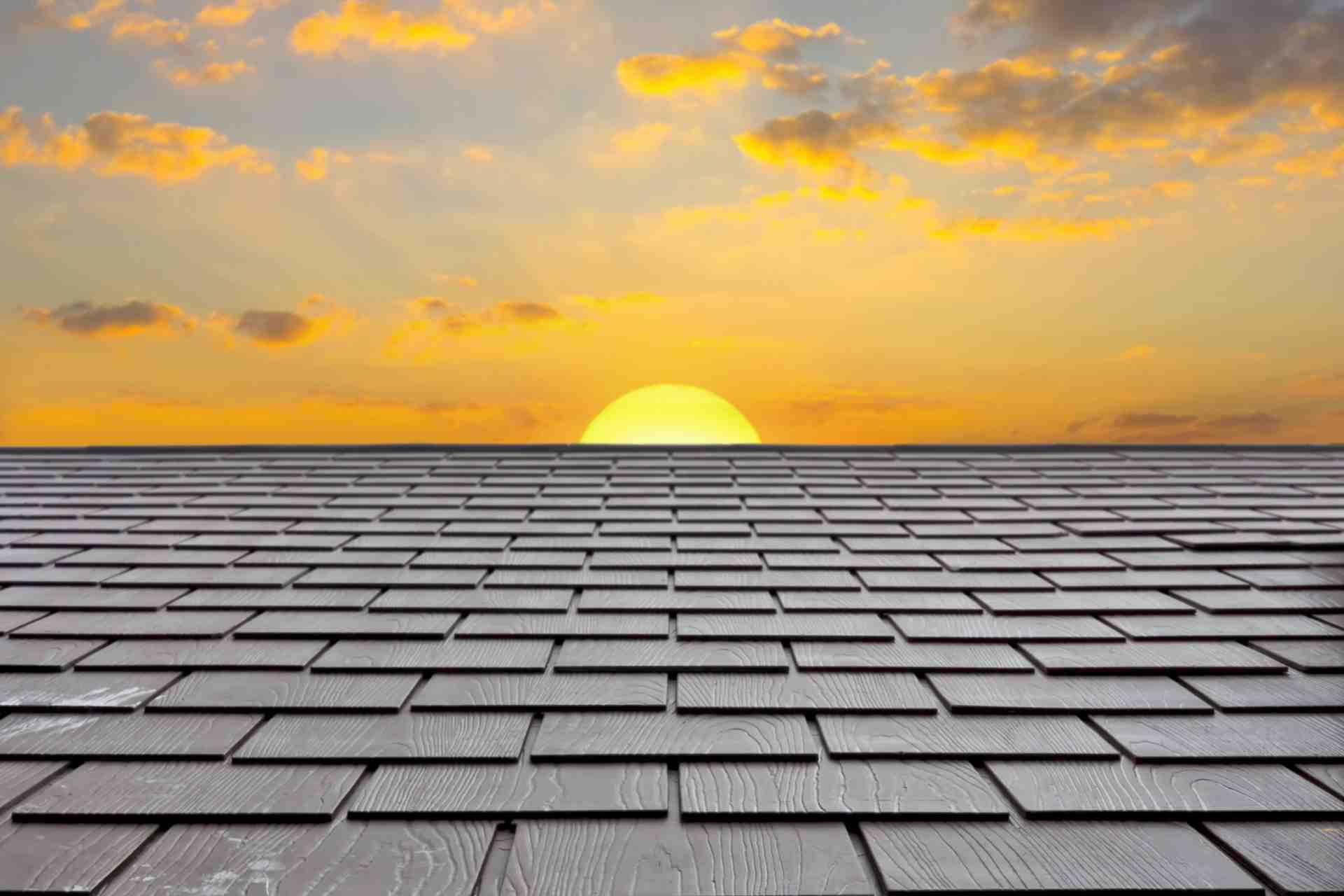5 Maintenance Tips For Preparing Your Roof for Year-Round Protection
The roof is one of the most important components of any building construction, protecting its occupants from the elements and assuring their safety and comfort. However, exposure to various weather conditions throughout the year can have an impact on the health of your roof, resulting in significant damage and costly repairs. Regular maintenance is required to secure your investment and offer year-round protection. The following information will go over five maintenance strategies to help you prepare your roof for year-round protection.
Regular Inspections
A detailed study of the roof's surface during inspections helps homeowners or professional roofers to detect early symptoms of degradation. Cracked, curled, or missing shingles, damaged flashing, or decaying seals are examples of warning indicators. By detecting these problems early on, repairs may be addressed quickly, preventing further damage and extending the life of the roof. Roof leaks are one of the most common and costly problems that homeowners confront. Professionals can discover spots where water may leak into the roof during inspections, such as holes in flashing or broken shingles. Repairing these weak points as soon as possible prevents water from accessing the roofing system and creating interior water damage. Roofs are constantly exposed to the weather, and wear and tear are unavoidable over time. Regular inspections allow you to analyse the general state of the roof and determine if it needs to be maintained or replaced. Addressing wear and tear early on can help prevent more serious problems and protect the structural integrity of the roof. A properly maintained roof should have an effective drainage system that directs rainfall away from the building. Professionals may evaluate the condition of gutters and downspouts during inspections to ensure they are clean of debris and operating properly. Proper drainage keeps water from accumulating on the roof, reducing the likelihood of leaks and water damage.
Roof Cleaning
Leaves, twigs, dirt, and other debris can collect on your roof over time, particularly in gutters and valleys. This accumulation, if left uncontrolled, can hinder normal drainage, resulting in water accumulating on the roof's surface. Water can penetrate through shingles or tiles, producing decay, leaks, and damage of the underlying roofing components. Regular roof cleaning removes this debris, preventing possible damage and protecting your roof's structural integrity. Moss and algae thrive in moist and shady parts of the roof. These organisms may store moisture, causing roofing materials to deteriorate gradually. Moss, in particular, has the power to dislodge shingles and tiles, exposing the roof to leaks and diminishing the roof's ability to protect your property from rain and snow. Roof cleaning is the delicate removal of moss and algae, ensuring that your roof is clear of these potentially dangerous intruders. A clean roof is more reflective, reflecting sunlight more efficiently and lowering heat absorption. With less heat absorbed, your home's cooling system may operate more effectively, potentially saving you money during hot weather. By cleaning your roof on a regular basis, you may help to enhance energy efficiency and minimise your power expenses throughout the year. Roof replacement is an expensive investment that homeowners want to delay for as long as possible. Routine roof cleaning can help your roof last longer by preventing early wear and damage. By keeping your roof clean and well-maintained, you limit the likelihood of costly repairs and replacements, ensuring that your roof stays resilient and useful for years to come.
Address Roof Leaks
Roof leaks, no matter how little they appear at first, have the potential to escalate quickly. When water infiltrates the roof through gaps or damaged places, it can progressively erode the roofing components, leading to larger breaches. Water seeping through the roof deck can damage its integrity, decaying the wood and compromising the entire structure. By repairing leaks as soon as possible, you may keep the problem from worsening and save costly repairs later on. One of the most important reasons to handle roof leaks as soon as possible is to preserve the interior of your home and its possessions. Water leaking through the roof can cause damage to the ceiling, walls, insulation, and electrical systems. It may destroy the beauty of your living areas, promote mould growth, and jeopardise your home's comfort and safety. You may reduce the degree of water damage and maintain the quality of your home's interior and contents by responding fast. Roof leaks can provide an excellent habitat for the growth of mould and mildew. Mould spores flourish in wet, dark environments, and once they've found a suitable habitat in your house, they may spread quickly. Mould exposure can cause health concerns, especially in those who have allergies or respiratory difficulties. Addressing leaks as soon as they occur inhibits the growth of mould colonies, maintaining a healthy living environment for you and your family.
Trim Overhanging Branches
During windy or stormy weather, overhanging branches can scrape against the roof's surface, causing damage to shingles, tiles, or roofing materials. The frequent rubbing can erode protective layers, leaving the roof vulnerable to leaks and other problems. Trees lose their leaves, twigs, and other waste on a regular basis. Overhanging branches that are not clipped can pile on the roof, trapping moisture and causing early degradation of the roofing components. Trapped moisture can also promote the growth of algae and moss, causing additional damage to the roof. Overhanging branches may break and fall onto the roof during storms or high winds, potentially inflicting considerable damage. Impact from falling branches can break tiles, pierce shingles, and even cause structural damage. Trimming these branches reduces the likelihood of such accidents, safeguarding both your roof and the people of your home. Leaves and other debris can fall directly into gutters and downspouts from overhanging trees. Clogged gutters obstruct adequate water drainage, allowing rainfall to accumulate on the roof. Standing water can penetrate the roof, causing leaks and water damage within the home. Trimming branches on a regular basis helps to keep gutters clear and functional.
Professional Inspection
A significant benefit of professional roof inspection is the potential to detect hidden issues that may go missed during routine self-examination. Trained roofing professionals know where to look and what to look for, helping them to identify possible problems before they become larger and more costly repairs. A professional can identify and remedy issues like cracked or missing shingles, broken flashing, failing caulking, or weakening structural parts early on. This way, you may avoid serious leaks, water damage, and other issues that could jeopardise your roof's capacity to protect your property. Early action is critical in roof maintenance. Roofing contractors may prevent small problems from deteriorating and becoming more expensive to repair by treating them as soon as they are identified. Repairing a little leak or a loose shingle as soon as possible will dramatically increase the life of your roof. Furthermore, skilled roofers may do preventative maintenance chores to protect your roof from any risks. Re-sealing flashing, providing protective coatings, fastening loose components, and cleaning gutters and drainage systems are some examples. These precautions guarantee that your roof is in good shape all year, ready to endure whatever Mother Nature throws at it. Different seasons provide unique difficulties to your roof. Winter, for example, may subject your roof to severe snow loads, whilst spring and autumn may bring greater rainfall. Roofing contractors understand the seasonal demands and may give weather-adapted solutions to strengthen your roof properly. During the winter, they may advise on adequate insulation to avoid ice jams and leaks. In preparation for the rainy season, they may clear debris from your gutters and downspouts to avoid water accumulation. Professionals assist you in maintaining a strong and durable roof all year long by adjusting their approach to the weather conditions.
Roof maintenance is an important job that ensures your property and its residents are protected all year. You can protect the health and longevity of your roof by following these five maintenance tips: frequent inspections, roof cleaning, treating leaks quickly, cutting overhanging branches, and obtaining expert assistance. Remember that preventive maintenance not only saves you money on expensive repairs, but it also helps to the general safety and comfort of your home.

